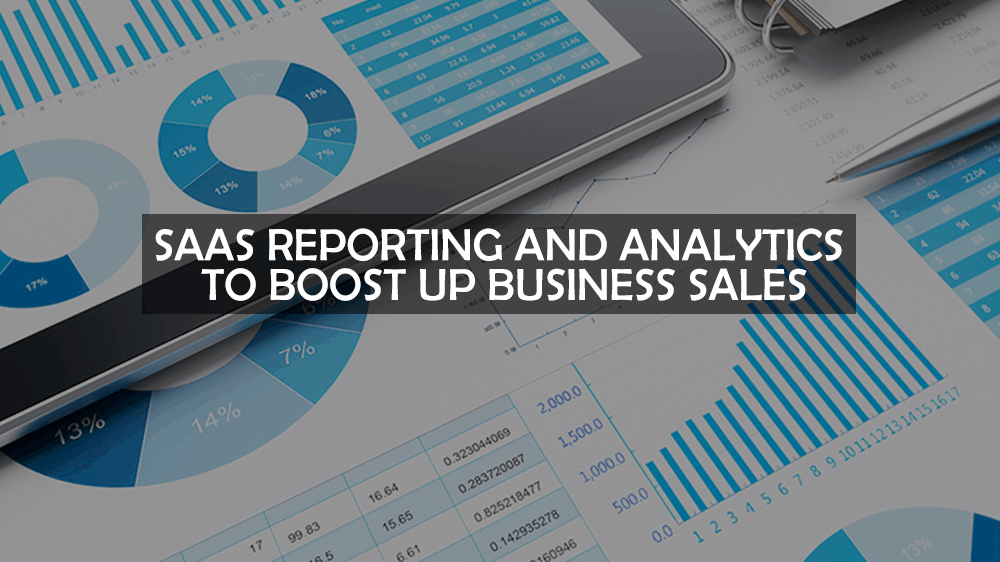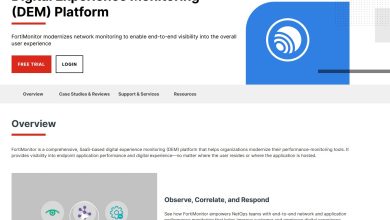
Today, the metrics of success determination for businesses is by the high-end technologies they adopt. The more companies tend to employ innovative solutions, the more they tend to earn a high brand reputation in the market. Moreover, they get a highly competitive edge through their innovative services that take into consideration the aspect of enhanced customer experience.
SaaS businesses are investing in the adoption of solutions that do not only help customers get an optimized experience but also streamline the organization’s workflow by automating certain business operations. SaaS reporting and analytics are two important pillars in the establishment of SaaS businesses. The subscription-based businesses that aim at increasing their clientele-base by selling a larger number of recurring subscriptions, need to take into consideration the SaaS metrics. There are a number of attributes involved in the SaaS metrics that play a critical role in the growth of business entities.
Importance of SaaS Reporting
Businesses must be aware of the key metrics and how they can be employed by businesses in order to boost up business growth. The key metrics streamline the path to business success and ultimately help make the services readily available in a reliable form. If your business does not have a clear view of cash flow, it would be hard to measure the performance of the business. To combat this, SaaS reporting allows businesses to have a compreh3ensive view of all the company data and identify the cash flow in such a way that businesses could take complete control over the situation in an efficient manner.
Lack of knowledge that where your business is going can lead you to ruinous circumstances that negatively affect business performance. SaaS reporting considers each aspect where the investment of businesses is performed. This mitigates the risks of blindly running a business and instead pave the road to success. Dedicated servers are used to keep all of your metrics and findings in one place so is essential to helping run the business. Thus, SaaS reporting helps businesses identify:
- If the revenue has increased or not. You are investing in the system modules and if not find any return value means that revenue is not been generated.
- If the users are converting or not. The leads generated are either converting into sales or not.
- Customers churn rate so that it could be reduced in the next interval and customer acquisition could be maximized.
- Customer satisfaction that helps businesses determine whether their customers are happy with the services they provide or not.
All these key aspects build a firm business framework based on which improvements can be made in business infrastructure such that the sales process could be boosted.
SaaS Analytics – The need for an hour
Real-time data analytics are the major components of businesses. Digital businesses especially incorporate all the features that are directly or indirectly connected to the success of businesses. For instance, the number of times a user revisits a website page, how many customers are acquired in a month, how many left the platform, how many subscribed to which services and how much revenue is generated, etc. Similarly, these attributes are considered as the input in the revenue forecast reports that ultimately generate an estimate that based on current conditions, how much revenue is expected to be generated by the business in a particular period of time.
SaaS Metrics
To cope up with the challenges and changes in the system, it is crucial to take into consideration the SaaS metrics that could ultimately help businesses streamline the path to success. Below are some SaaS metrics that businesses need to employ to ensure exponential growth:
ARPU: It refers to the “Average Revenue per User”. Once the company identifies the average amount of revenue a user brings in for the company, it gets easy to estimate the contribution and value of each customer.
Churn Rate: Your churn rate is the percentage of customers you lose in a given time frame. A high churn rate can be a symptom of many
Conversion Rate: The conversion rate corresponds to the ratio of people who visited your website to the ones that actually get converted into your customer. Conversion rate helps you identify the sales and of which services.
CAC: The term refers to “Customer Acquisition Cost”. It discusses how much does a business need to spend on the customer to acquire it. It estimates the total cost of product development, marketing, and sales a company has spent in order to onboard a customer.
MRR and ARR: Monthly Recurring Revenue or MRR and Annual Recurring Revenue or ARR describe the health of your company in general. They tend to estimate how much revenue a company generated on a monthly or yearly basis. The metrics discuss company health and growth.
LTV: The term refers to “The Lifetime Value” of a customer that tends to calculate the total amount of money that a customer spend from the time he signs up to get your services to the time the customer cancels subscription or contract.
Grease the Wheel of Sales through Innovation
Businesses can employ innovative SaaS business software in order to increase sales and enhanced customer experience. The need however is to identify the business needs to integrate a one-stop solution that could efficiently handle the entire business workflow. CRM and ERP software solutions are the ones grooving in the operational infrastructure of businesses and provide promising services that eliminate the need for manual data management. From leads to sales management, data management, and real-time analytics, businesses can ensure enhanced services that could ultimately serve the purpose of increased business revenue, brand image, and satisfaction of clients.
High-end technological advancements call out for the solution that contributes to the improvement of business processes and operations. The system modules play a critical role in the establishment of a brand reputation that requires advanced functionality that automates the business infrastructure and provides customers with optimized customer support and service that has a direct impact on the number of sales as well as the revenue business generates.




